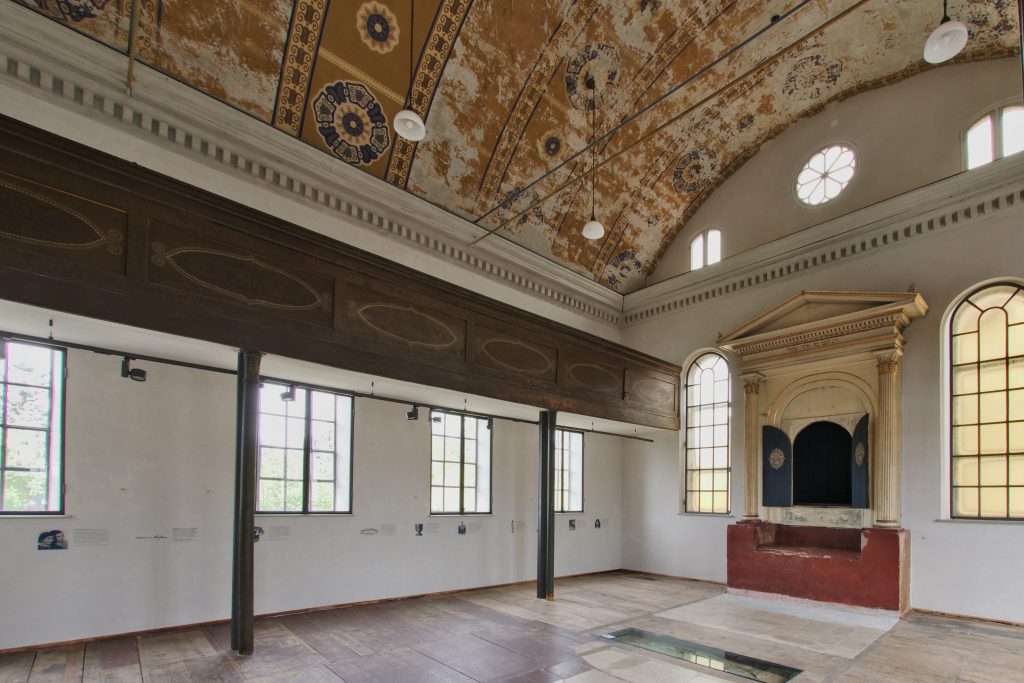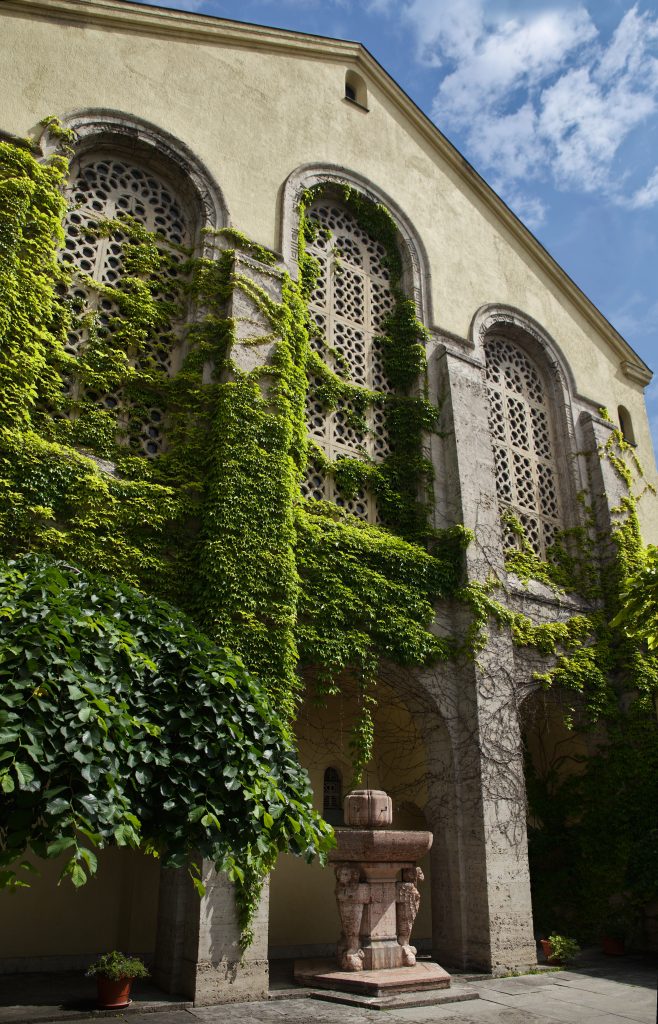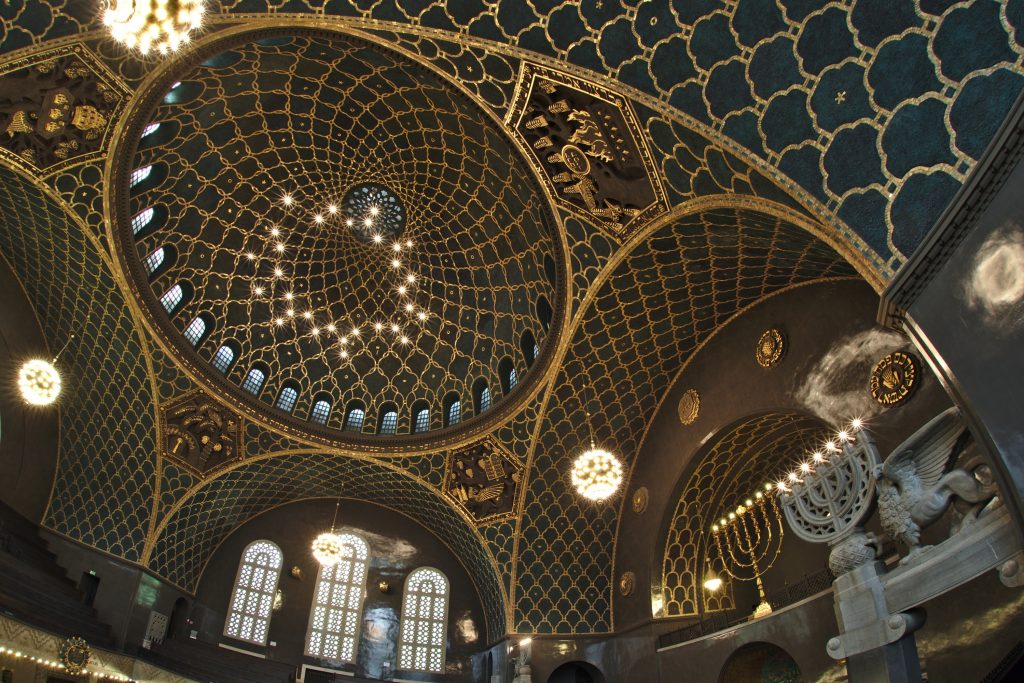The Jewish Museum Augsburg is very active in the sharing of Jewish heritage and culture. Here’s our interview with Annika Ramsaier, Director of Communication & Public Relations at the museum.

Jguideeurope: Which events will be organized for this year’s EDJC?
Annika Ramsaier: We focus on this year’s annual theme and share, collect, and spread memories of Augsburg’s synagogues. The synagogue in the city center, that was built between 1913 and 1917, is currently being renovated. There will be a reading from letters written by members of the pre-World War II congregation who remember the magnificent synagogue with a sense of nostalgia. In a discussion with members of the current Jewish community, one can learn how the synagogue became the center of flourishing Jewish life in Augsburg again after the Shoah.
At the former synagogue in the Kriegshaber district a guided tour will be offered explaining the over 300 years old building. Other guided tours will focus on different topics at both museum locations. For example, a guided tour with the curator of the current special exhibition “Feibelmann must go. An Anti-Semitic Episode in small-Town Swabia” will take place. Visitors also have the opportunity to contribute their own memories of the Augsburg synagogues in the form of photos, documents or written anecdotes. At the EDJC there will be a presentation of the memories collected. A dance workshop and a klezmer concert will conclude the event.
Are their programs at the museums organized with schools and cultural institutions?
We organize the day together with the Jewish Community of Swabia-Augsburg. They will also take care of the visitors’ culinary well-being with Jewish specialties.

Is there a place related to Augsburg’s Jewish heritage which should be better known?
Many people already know the magnificent synagogue in Augsburg’s city center. However, the former synagogue in Kriegshaber neighbourhood is a true hidden gem. Kriegshaber once was an independent village at the gates of Augsburg. The synagogue, built in the 18th century, became the center of an important Jewish rural community, because for many centuries Jewish people were prohibited from settling in Augsburg. The building, extensively restored about 10 years ago, is the oldest preserved synagogue in the Bavarian-Swabian region. It has a beautiful ceiling painting and a wonderfully decorated Torah shrine.
Can you share an emotional anecdote about a visit or conference at the museum?
The visits of descendants of Augsburg Jews who used to live here are always particularly emotional. Most of them had to flee during the Nazi era. Some of the descendants write to us beforehand that they are coming to visit. But a few weeks ago, a couple from San Diego stood downstairs at the reception unexpectedly, telling us that their father(-in-law) had been married in the synagogue in the 1970s. Although the room where the wedding took place is normally not open to visitors, it was made possible for the family to take a look inside. Such encounters, where memories, and sometimes also photos, are shared, are very enriching!
